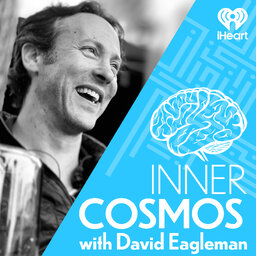Ep20 "Why does your brain care more about some people than others?"
Why do we so naturally form ingroups and outgroups? And what does that have to do with evolution, monkeys, Greeks, psychopaths, Syndrome E, and propaganda posters? Join Eagleman to learn why our brains are so wired for tribalism, what the consequences are for the world, and how a bit of knowledge goes a long way to making us more immune to propaganda.
 Inner Cosmos with David Eagleman
Inner Cosmos with David Eagleman


